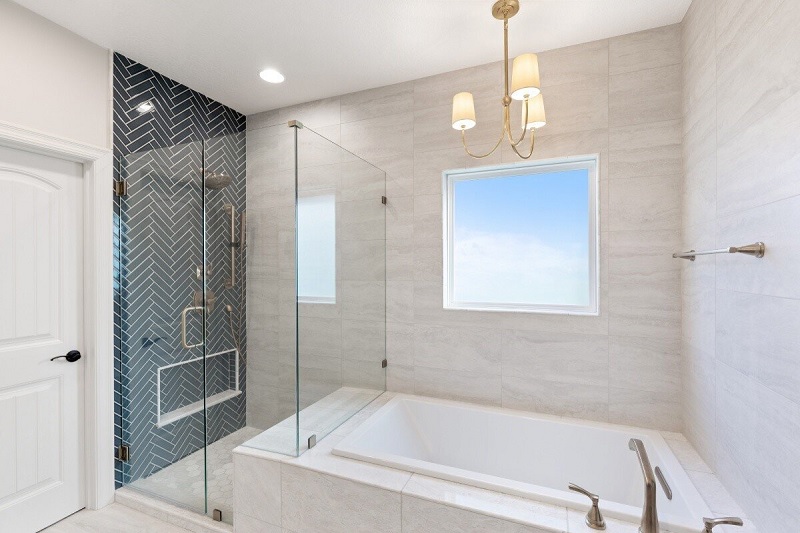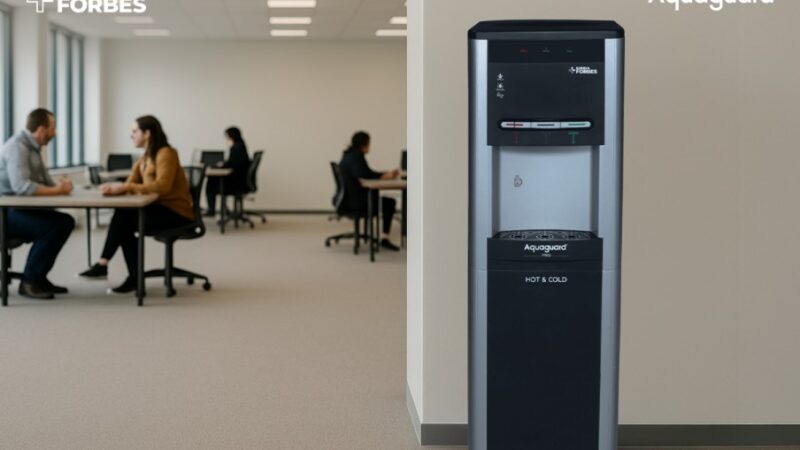Radiator Outlet Reveals The Benefits Of Freestanding Baths Vs. Built-In Baths

Radiator Outlet reveals that freestanding baths offer stunning aesthetic appeal, transforming your bathroom into a luxurious retreat while allowing creative placement. In contrast, built-in baths save space by fitting snugly against walls and corners. Maintenance is easier with freestanding options, but built-ins can be tricky to clean. While freestanding baths usually cost more upfront, they provide greater design flexibility for personalization. If you’re curious about how these options compare in detail, there’s more to explore.
The Aesthetic Appeal of Freestanding Baths
Freestanding baths bring a striking elegance to any bathroom, instantly transforming the space into a luxurious retreat.
Their unique design creates a focal point, inviting you to relax and unwind. You’ll appreciate the variety of styles, from modern to vintage, ensuring you find one that complements your decor perfectly.
The way they stand alone allows for creative placement, letting you maximize natural light or showcase your favorite artwork.
Plus, the clean lines and sculptural forms enhance the overall aesthetic, making your bathroom feel more spacious and inviting.
With a freestanding bath, you’re choosing beauty and comfort in one stunning package.
Space-Saving Advantages of Built-In Baths
When you’re short on space, built-in baths really shine as a smart solution. They fit snugly against walls or in corners, maximizing your bathroom’s usable area.
With their streamlined design, built-in baths can create a more open feel, making your space seem larger. You can also customize them to suit your layout, allowing for creative storage options nearby.
Plus, they’re easier to integrate with existing fixtures and plumbing, saving you both time and money. Overall, built-in baths offer an efficient way to enjoy a relaxing soak without sacrificing precious square footage in your home.
Maintenance and Cleaning Considerations
Maintaining a clean and hygienic bathroom often hinges on the type of bath you choose. Freestanding baths generally allow easier access for cleaning, as you can reach all angles without obstruction.
However, their curved surfaces may require more attention to prevent soap scum buildup. On the other hand, built-in baths can be more challenging to clean due to their fixed position and corners that accumulate dirt.
You’ll want to evaluate the materials, too; acrylic surfaces are easier to maintain than porcelain.
Ultimately, your choice should align with how much time you’re willing to invest in upkeep and cleaning.
Cost and Budget Factors
Choosing between freestanding and built-in baths can greatly impact your budget, especially since the initial costs and long-term expenses vary widely.
Freestanding baths often have higher upfront costs due to their material and design. However, built-in baths may require additional expenses for installation and cabinetry.
You’ll also want to take into account maintenance costs; freestanding options might be easier to replace or repair.
Additionally, think about water usage and energy efficiency, as these factors can influence your monthly bills.
Ultimately, it’s essential to weigh both the short-term investment and ongoing expenses to find the best fit for your financial situation.
Personalization and Design Flexibility
How do you envision your dream bathroom?
With a freestanding bath, you can create a stunning focal point that suits your style, whether it’s modern, vintage, or minimalist.
Unlike built-in baths, which often require you to conform to existing layouts, freestanding options let you play with placement and design.
You can choose from various shapes, colors, and materials, making it easy to express your personality.
This flexibility allows you to tailor your space to your preferences, ensuring your bathroom reflects your unique taste.
Embrace the opportunity to design a sanctuary that’s entirely yours with a freestanding bath.
Frequently Asked Questions
What Materials Are Commonly Used for Freestanding and Built-In Baths?
Freestanding and built-in baths commonly use materials like acrylic, fiberglass, cast iron, and stone.
Each material offers unique benefits, so consider durability, maintenance, and aesthetics when choosing the right bath for your space.
How Do Freestanding Baths Affect Bathroom Resale Value?
Freestanding baths can considerably boost your bathroom’s resale value.
They add a touch of luxury and style, appealing to buyers who appreciate unique design elements.
You’ll likely attract more interest and potentially higher offers for your property.
What Are the Typical Installation Times for Each Type of Bath?
Typically, installing a freestanding bath takes about four to six hours, while built-in baths might require six to eight hours due to more complex plumbing and structural considerations.
Plan accordingly for your project!
Can Freestanding Baths Fit in Small or Oddly Shaped Bathrooms?
Yes, freestanding baths can fit in small or oddly shaped bathrooms.
They offer flexibility in placement, allowing you to maximize space and create a stylish focal point, enhancing the overall aesthetic of your bathroom.
Conclusion
In the end, choosing between a freestanding bath and a built-in bath comes down to your personal style and needs. Freestanding baths offer stunning aesthetics and flexibility, while built-in baths maximize space efficiency. Consider maintenance and budget, too, as these factors can influence your decision. Ultimately, whether you prefer the luxurious feel of a freestanding design or the practicality of a built-in option, both can enhance your bathroom experience beautifully.







